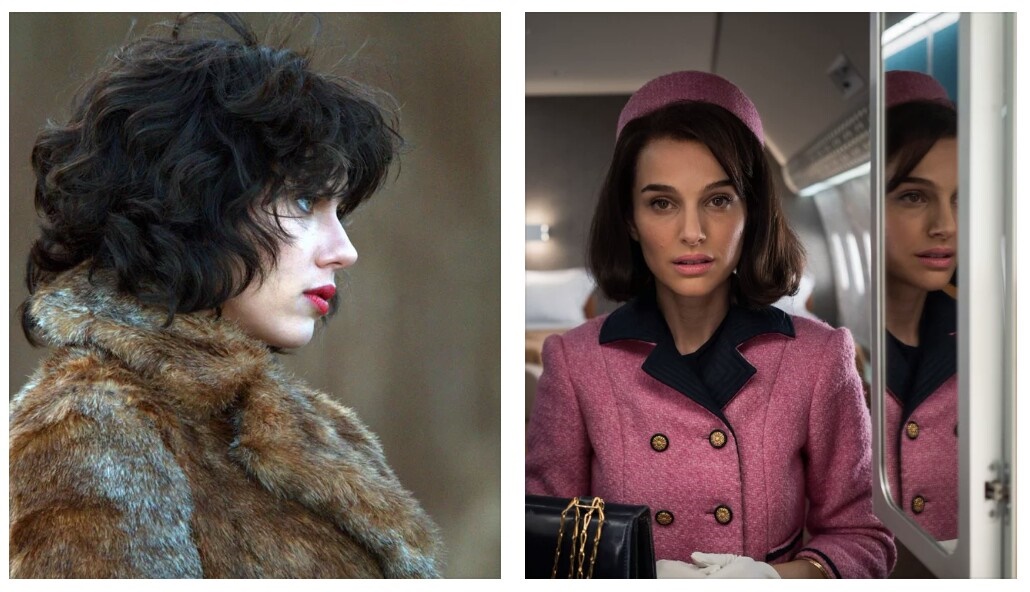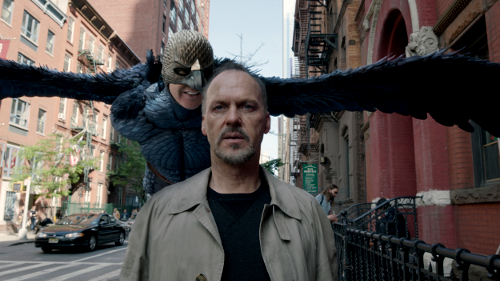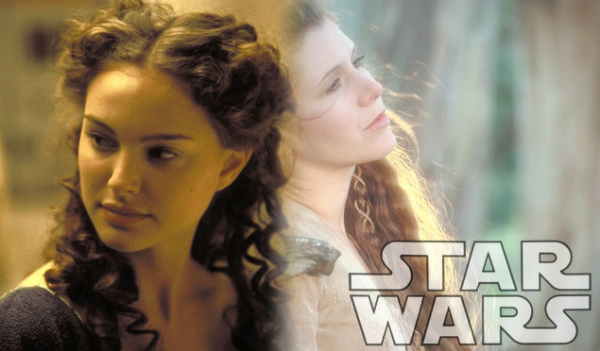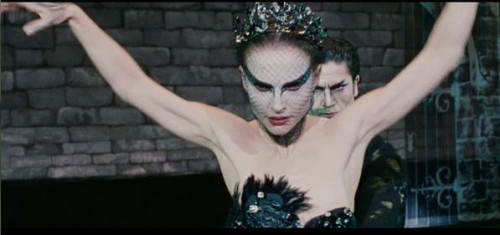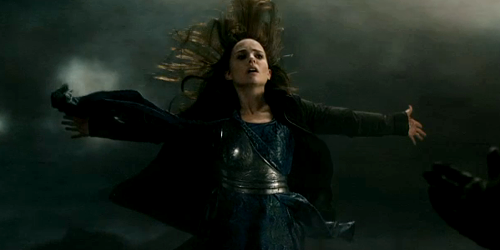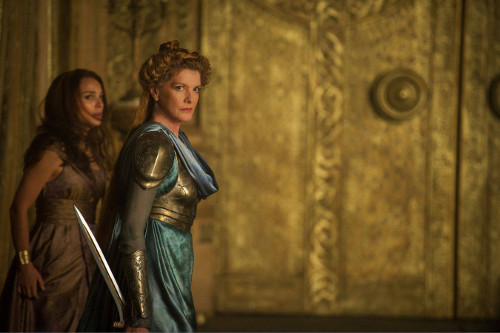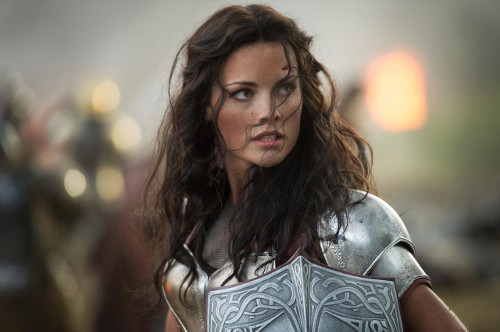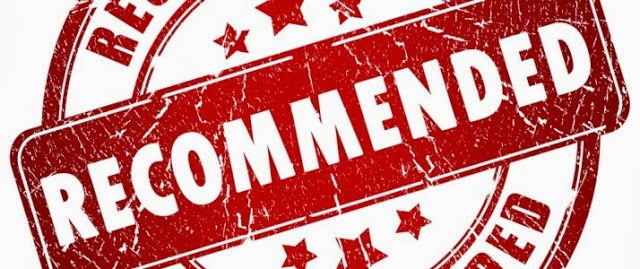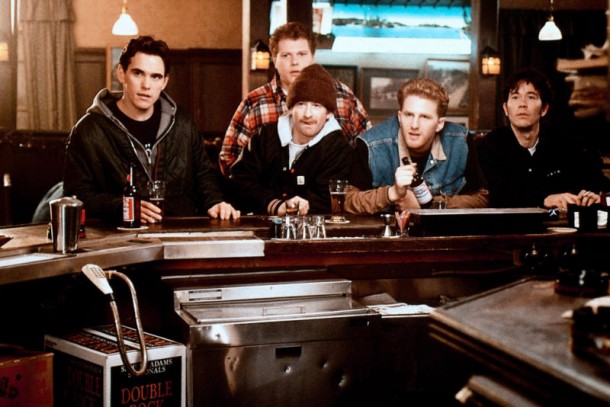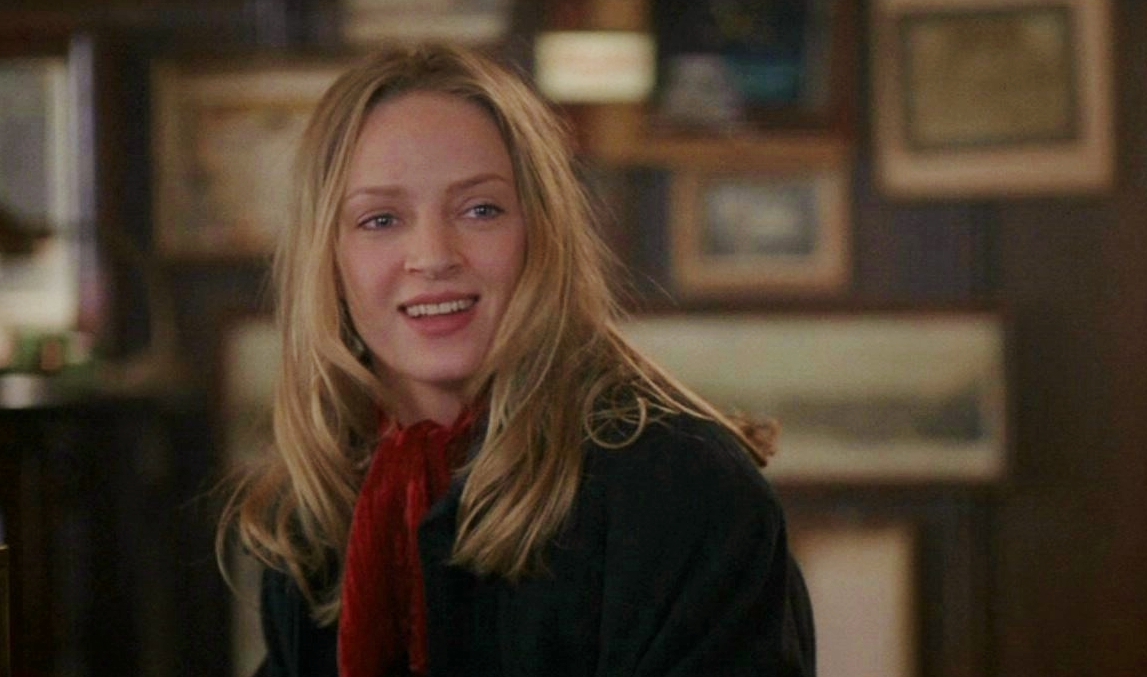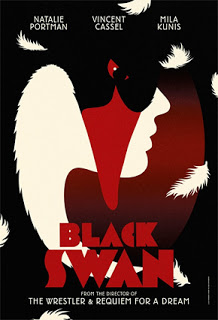This guest post written by Zoë Goodall originally appeared at Cause a Cine. It is cross-posted with permission.
When I saw the trailer for Pablo Larraín’s Jackie (2016), my first thought was, “Why do I feel so afraid?” I was unsurprised then, to discover that the woman behind the music was Mica Levi, who composed the score to Jonathan Glazer’s Under the Skin (2013). After seeing Jackie, it occurred to me the two films that Levi has composed music for have more in common than it initially appears. Under the Skin is a sci-fi angle on the femme fatale, where Scarlett Johansson plays an alien who seduces and kills men in Scotland. Jackie is the Oscar-ready biopic of Jackie Kennedy, centered on a masterfully emotive performance by Natalie Portman. Yet both films feature women who are lost, distanced from others and profoundly alone. Those around them cannot understand them, and so they are alienated. It is the haunted feeling of such alienation that Levi’s scores illuminate.
Johansson’s alien in Under the Skin is of course the more literal embodiment of alienation. She blankly visits human settings such as shopping centers and nightclubs, never sure of how to arrange her face to fit in with those around her. She lacks human empathy, illustrated starkly in a scene where she leaves a baby on a beach with a tide coming in. When she experiences sex with a human man, she is so overwhelmed that she flees. Levi’s score is fittingly otherworldly, pulsing with unidentifiable noises, the viola screeching like a wounded animal. It’s utterly unlike other film scores, giving the audience no easy emotional cues. The nails-on-chalkboard discomfort it conjures makes audible the colossal distance between the alien and humanity. One cannot relax when listening to the score, instead feeling a constant sense of dread at what this unknowable creature might do next.
This constant dread, this grim unease, are present also in Levi’s Oscar-nominated score for Jackie. Jackie, in contrast to the alien, is utterly, familiarly human. Her grief and trauma over her husband’s death is the bedrock of the narrative. The audience knows how she feels, due to Portman’s highly expressive face. Jackie is also privileged, famous, and powerful. But as the narrative demonstrates how quickly Jackie loses her power, Levi’s score highlights the instability of Jackie’s world in the aftermath of her husband’s death. The score is more lush and regal than the score for Under the Skin, in part because there’s an orchestra and in part to reflect the high-class American world that Jackie inhabits. But the discomfort that Levi brought to Under the Skin is present in Jackie, too. Many times when the score begins, it sounds light, almost cheerful, before being undercut by low, ominous strings that lurk obtrusively in the background. The result is a feeling of disturbance, that something familiar and romantic has been polluted by a grim terror.
Just as Under the Skin showed how Scotland was a completely foreign world to the alien, Jackie displays how the First Lady losing her title and home throws her into a world that’s entirely unfamiliar. Visually, this is represented through particular, subtle moments: the look of shock on Jackie’s face when Lyndon B. Johnson is greeted as “Mr President” hours after JFK’s death; the camera lingering on Lady Bird Johnson picking out new White House curtains while Jackie watches, unseen. Jackie is constantly filmed on her own, without even the presence of bodyguards or servants to lessen the impression of her alienation. Her friendship with her assistant, Nancy, is shown to be of great value to her, but the film’s repeated shots of a solitary Jackie make clear that she feels cut off from everyone around her. In the film’s final minutes, a happy sequence of her playing on the beach with her children is concluded with a close-up of her grief-stricken face, and her children out of the frame. Then, she sits alone on the couch while the Life interviewer talks on the phone. Then, at the burial of JFK, she stands starkly apart from everyone else. The final shot is of her dancing at a party in JFK’s arms, placing her feelings of joy and belonging firmly in the past.
Angelica Jade Bastién writes that Jackie uses horror movie techniques to illustrate Jackie’s grief. Levi’s score is an integral part of this, the relentless, ominous strings suggesting that life has changed for Jackie in a most terrifying way. When she finally returns to the White House from Dallas, the score is fundamentally eerie, sadness undercut with grim foreboding. It’s a score suited to a dangerous expedition into unknown territory, rather than a return home. Levi’s score communicates what doesn’t need to be said through dialogue; the White House isn’t home anymore, and Jackie’s power has disappeared with her First Lady title. The terror of being cut off from a familiar world, and the subsequent alienation, are made salient in Levi’s grim, uncomfortable music.
The alien in Under the Skin has no possessions apart from her classic predator’s white van, and the outfit she chooses to resemble the common woman. Although dressed in the finest of outfits, Jackie finds herself similarly dispossessed, telling the Life reporter that the White House and her current house never belonged to her. “Nothing’s mine, not for keeps anyway,” she tells him. Separated from the home planet or the White House, both women are anchorless, adrift. Even when surrounded by revellers in metropolitan Glasgow, or watched by thousands at her husband’s funeral, the alien and Jackie remain fundamentally alone. Haunted by their inability to connect with others, to slot in to this world, they stand lost and detached. Jackie’s deeply emotional outbursts may stand in stark contrast to the alien’s lack of empathy, but both women share a troubling alienation from the people around them. Levi’s scores make this alienation audible, the grim discomfort of her music allowing the audience to feel, even for 90 minutes, the terror of such a solitude.
Zoë Goodall is currently an Honours student and Media Coordinator for an Australian not-for-profit organization. She likes feminist film analysis, dogs, and reading Batwoman comics. She lives in Melbourne, Australia.
